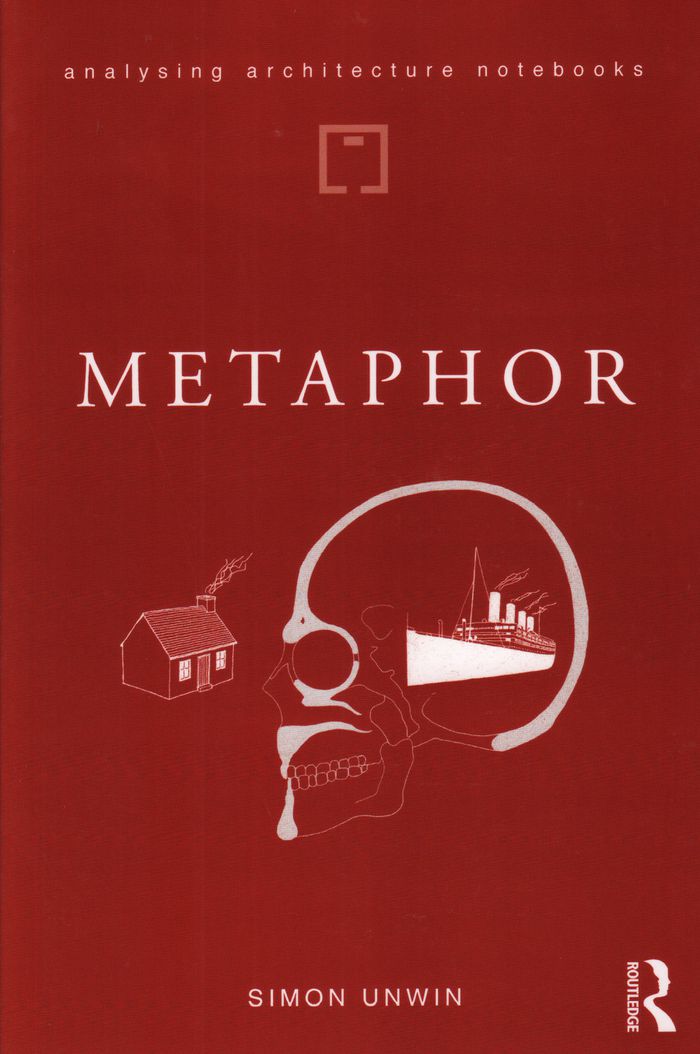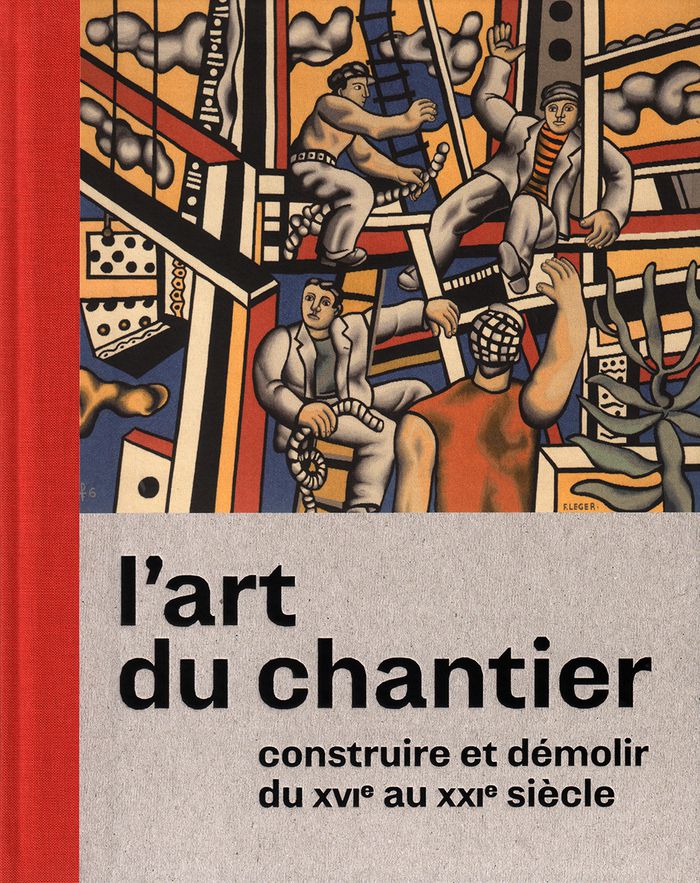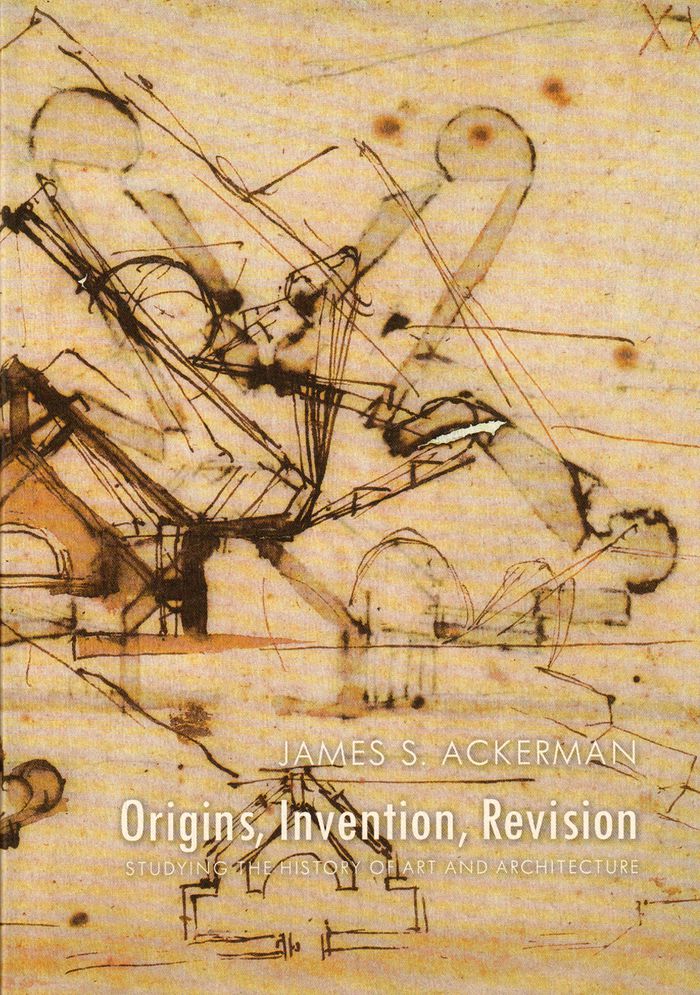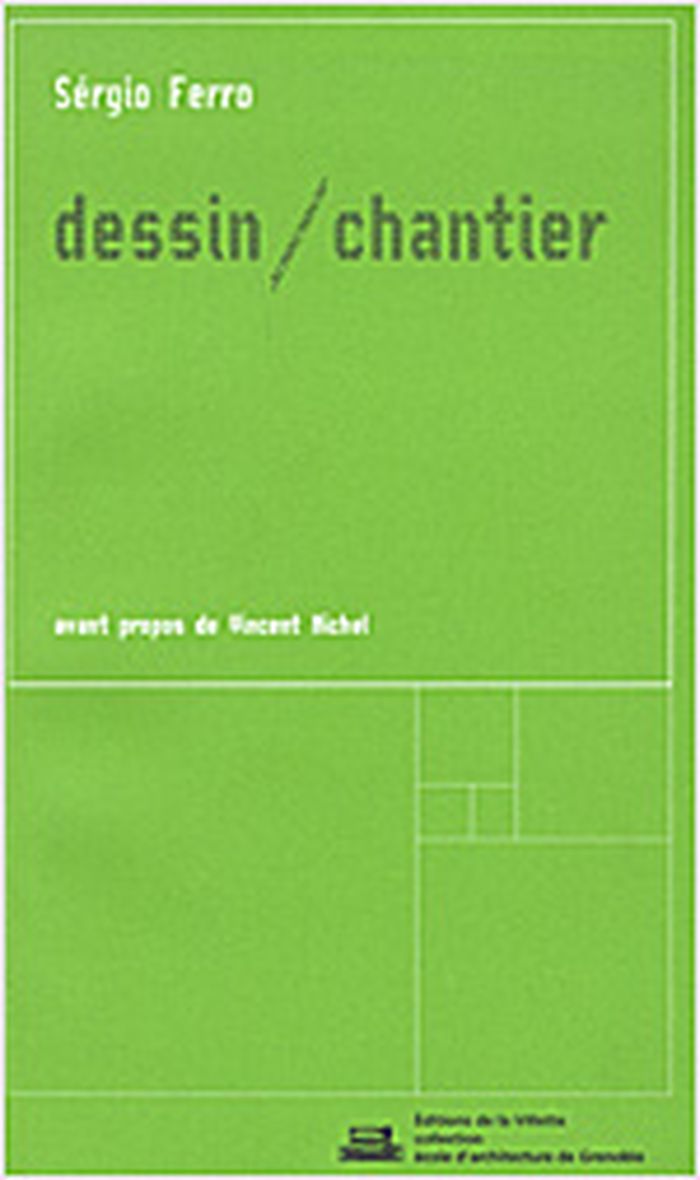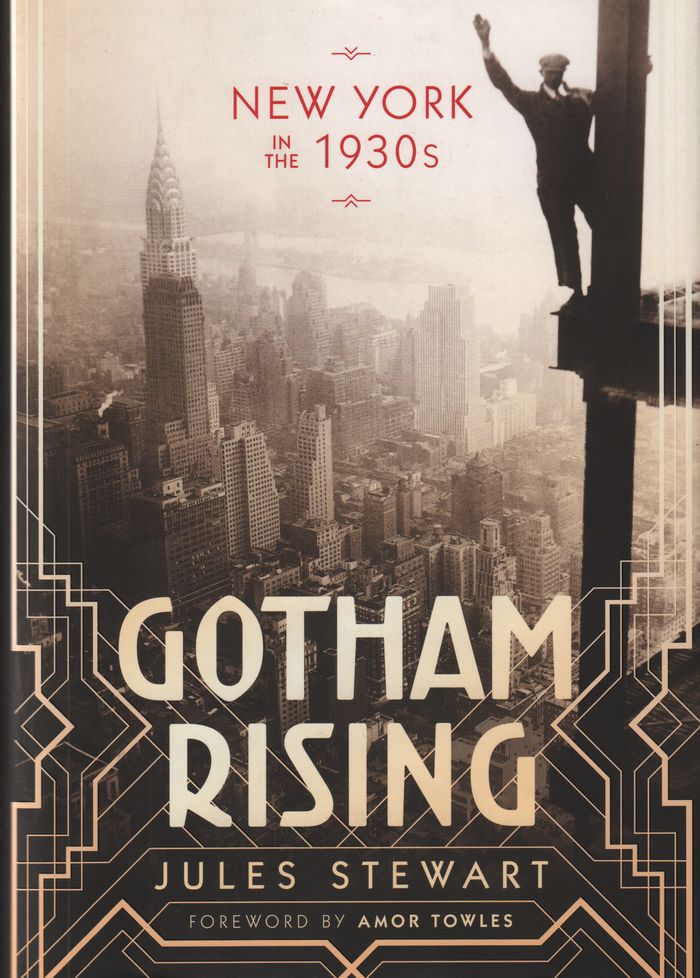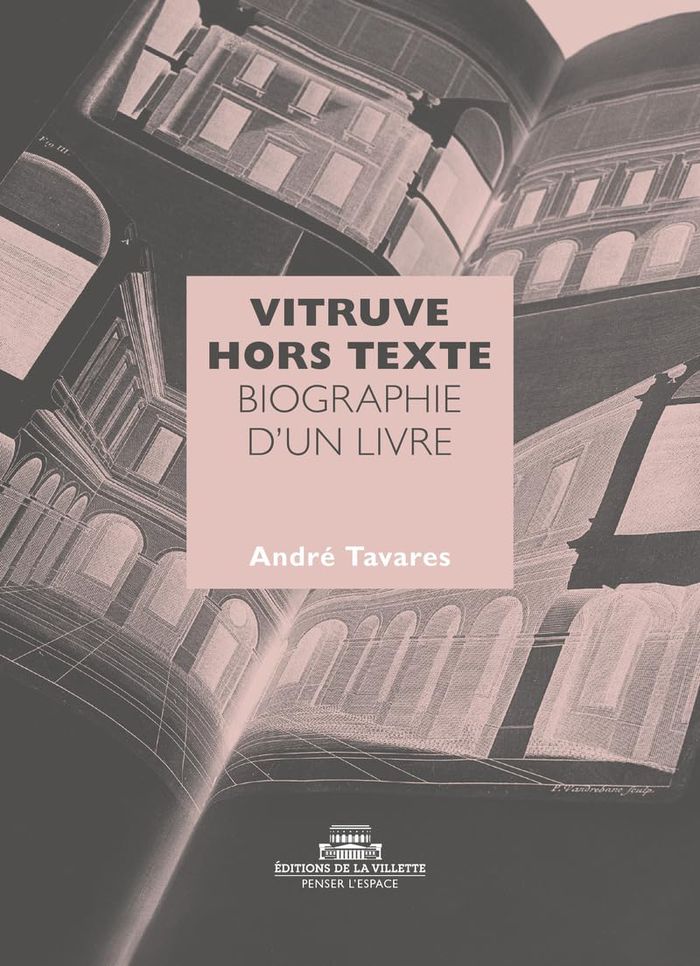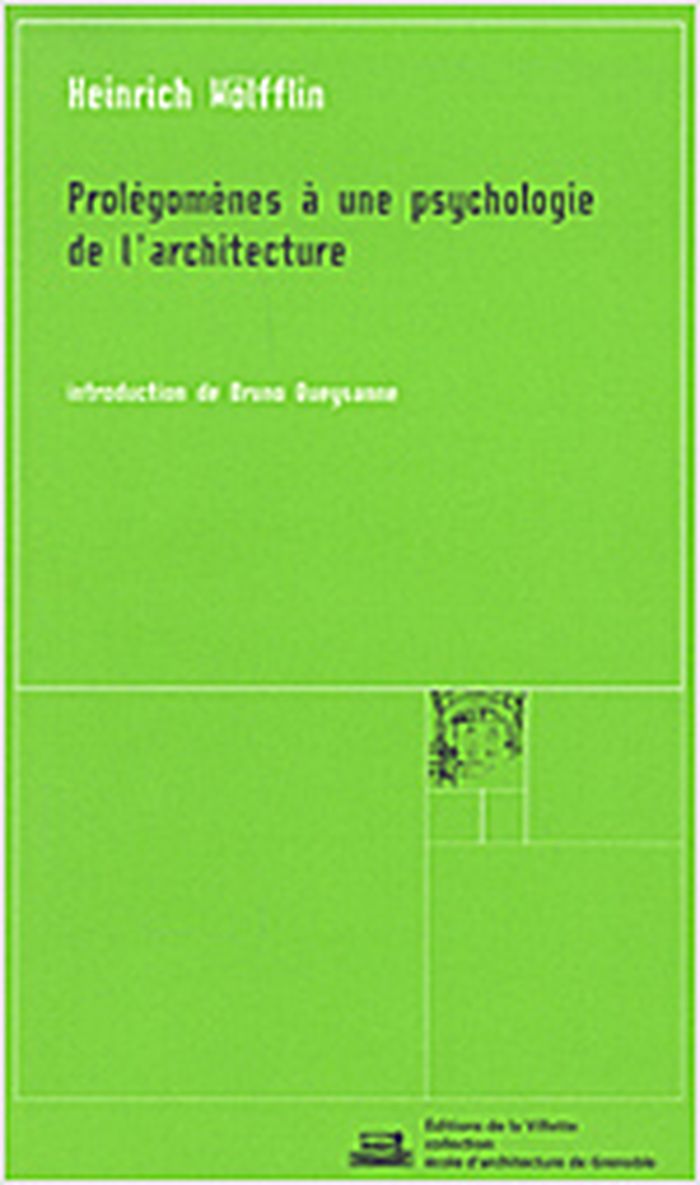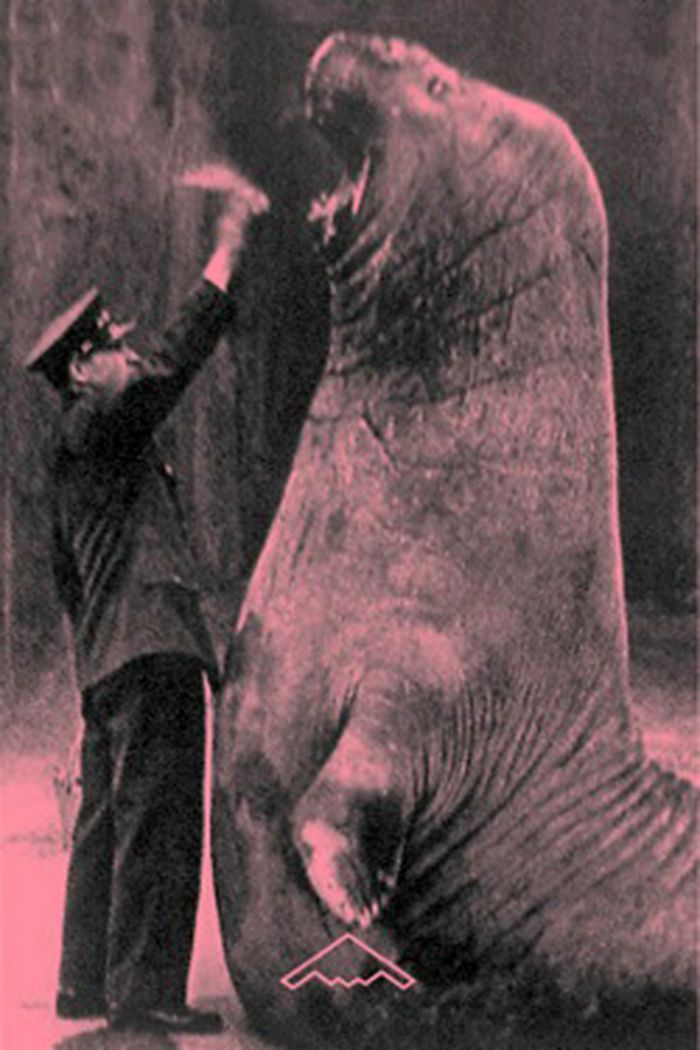$64.95
(disponible en magasin)
Résumé:
''Metaphor'' is the most powerful component of the poetry of architecture. It has been a significant factor in architecture since the earliest periods of human history, when people were finding ways to give order and meaning to the world in which we live. It is arguable that architecture began with the realisation of metaphor in physical form, and that subsequent(...)
Metaphor: an exploration of the metaphorical dimensions and potential of architecture
Actions:
Prix:
$64.95
(disponible en magasin)
Résumé:
''Metaphor'' is the most powerful component of the poetry of architecture. It has been a significant factor in architecture since the earliest periods of human history, when people were finding ways to give order and meaning to the world in which we live. It is arguable that architecture began with the realisation of metaphor in physical form, and that subsequent movements - from Greek to Gothic, Renaissance to Modern, Victorian to Vernacular - have all been driven by the emergence or rediscovery of different metaphors by which architecture might be generated. Each of these ''Analysing Architecture Notebooks'' is devoted to a particular theme in understanding the rich and varied workings of architecture.
Théorie de l’architecture
$88.95
(disponible sur commande)
Résumé:
Comment les Hommes ont-ils vu, conçu et imaginé l'espace où l'on bâtit depuis la Renaissance en Occident ? L'Art du chantier. Construire et démolir du XVIe au XXIe siècle confronte les regards d'observateurs - artistes, journalistes, amateurs -, mais aussi ceux des acteurs qui travaillent sur les lieux - ingénieurs, architectes, entrepreneurs et, ce qui est plus rare,(...)
L'art du chantier : construire et démolir du XVIe au XXIe siècle
Actions:
Prix:
$88.95
(disponible sur commande)
Résumé:
Comment les Hommes ont-ils vu, conçu et imaginé l'espace où l'on bâtit depuis la Renaissance en Occident ? L'Art du chantier. Construire et démolir du XVIe au XXIe siècle confronte les regards d'observateurs - artistes, journalistes, amateurs -, mais aussi ceux des acteurs qui travaillent sur les lieux - ingénieurs, architectes, entrepreneurs et, ce qui est plus rare, ouvriers. Fruit d'une collaboration étroite entre historiens de l'art et historiens des techniques, l'ouvrage dévoile les multiples enjeux du chantier : techniques, sociaux, politiques et artistiques. Par ce rassemblement sans précédent de documents et d'oeuvres visuelles, c'est à une réflexion sur la dimension anthropologique de l'acte d'édifier et sur l'importance de cet acte pour nos sociétés que ce livre entend contribuer.
Théorie de l’architecture
$60.00
(disponible en magasin)
Résumé:
In this collection of essays, Ackerman offers insight into his formation and development as a scholar, as well as reflections on a range of topics. Concise, lucid, and original, this book presents deep syntheses alongside innovative approaches and a broadening geographical and chronological reach. Ackerman’s enduring fascination with architecture was one unforeseen(...)
Origins, invention, revision: studying the history of art and architecture
Actions:
Prix:
$60.00
(disponible en magasin)
Résumé:
In this collection of essays, Ackerman offers insight into his formation and development as a scholar, as well as reflections on a range of topics. Concise, lucid, and original, this book presents deep syntheses alongside innovative approaches and a broadening geographical and chronological reach. Ackerman’s enduring fascination with architecture was one unforeseen consequence of his military service in World War II, and the collection includes a revealing account of his part in the liberation of Milan as a soldier in the Fifth American Regiment. These essays represent a unique, personal journey—from the Italian Renaissance to the classical architecture of India and the work of Frank Gehry at the new museum of the Fondation Louis Vuitton in Paris.
Théorie de l’architecture
Dessin / chantier
$29.95
(disponible sur commande)
Résumé:
La figure de l'architecte issue de la Renaissance repose sur la séparation du savoir et du faire, de l'artisanat et de l’art mais dans le même temps apparaissent les indices d’une rupture profonde inaugurée par le capitalisme naissant. Dépassant les catégories habituelles, "Dessin/chantier" cherche à analyser comment se produit la valeur dans un monde dominé par la(...)
Dessin / chantier
Actions:
Prix:
$29.95
(disponible sur commande)
Résumé:
La figure de l'architecte issue de la Renaissance repose sur la séparation du savoir et du faire, de l'artisanat et de l’art mais dans le même temps apparaissent les indices d’une rupture profonde inaugurée par le capitalisme naissant. Dépassant les catégories habituelles, "Dessin/chantier" cherche à analyser comment se produit la valeur dans un monde dominé par la marchandise. Le propos tranche par son approche idéologique à l’opposé du libéralisme actuel. L’auteur est marqué par les luttes des années 60 au Brésil, par la violence faite aux ouvriers bâtissant Brasilia. Alors le voici parti à la recherche d’une autre pratique de l’architecture et de son édification, une pratique heureuse passant par un changement radical des rapports de production. Avant-propos de Vincent Michel.
Théorie de l’architecture
$37.95
(disponible sur commande)
Résumé:
Jules Stewart tells the story of an iconic city in a time of change. After the roaring twenties, the catastrophic Wall Street Crash and ensuing Depression seemed to spell disaster for the vibrant city. Yet, in this era, New York underwent an architectural, economic, social and creative renaissance under the leadership of the charismatic mayor Fiorello La Guardia. After(...)
Gotham rising: New York City in the 1930s
Actions:
Prix:
$37.95
(disponible sur commande)
Résumé:
Jules Stewart tells the story of an iconic city in a time of change. After the roaring twenties, the catastrophic Wall Street Crash and ensuing Depression seemed to spell disaster for the vibrant city. Yet, in this era, New York underwent an architectural, economic, social and creative renaissance under the leadership of the charismatic mayor Fiorello La Guardia. After seizing power, he declared war on the mafia mobs running vast swathes of the city, attacked political corruption and kick-started the economy through a variety of construction and infrastructure projects. In culture, this was the age of the Harlem Renaissance championed by writers like Langston Hughes, the jazz age with the advent of Tin-Pan Alley, the Cotton Club and immortals such as Duke Ellington making his name in the Big Apple.
Théorie de l’urbanisme
$38.95
(disponible sur commande)
Résumé:
Pour les architectes, le traité de Vitruve, écrit au Ier siècle av. J.C., fait figure de livre saint, aussi fondateur que mystérieux. A rebours de l'exégèse sans fin dont il a fait l'objet depuis sa redécouverte à la Renaissance, André Tavares se penche ici non pas sur le contenu théorique du texte ni sur la biographie de son auteur mais sur l'histoire matérielle de ce(...)
Vitruve hors texte : Biographie d'un livre
Actions:
Prix:
$38.95
(disponible sur commande)
Résumé:
Pour les architectes, le traité de Vitruve, écrit au Ier siècle av. J.C., fait figure de livre saint, aussi fondateur que mystérieux. A rebours de l'exégèse sans fin dont il a fait l'objet depuis sa redécouverte à la Renaissance, André Tavares se penche ici non pas sur le contenu théorique du texte ni sur la biographie de son auteur mais sur l'histoire matérielle de ce volumen antique qui connut, depuis l'invention de l'imprimerie, d'innombrables incarnations éditoriales, du grand in-folio au livre de poche. Depuis son editio princeps à Rome en 1486, il en existe en effet près de trois cents éditions - dont plus de la moitié paraissent au XXe siècle -, partielles ou abrégées, en fac-similé ou commentées, traduites dans la plupart des langues, européennes ou non.
Théorie de l’architecture
$24.95
(disponible sur commande)
Résumé:
Bruno Queysanne travaille avec Raymond Aron et Pierre Bourdieu à l’issu de ses études à la Sorbonne. Il est professeur d’histoire et de philosophie à l’école d’architecture de Grenoble, après avoir enseigné à l’École des Beaux-Arts, Il a notamment traduit et publié Prolégomènes à une psychologie de l’architecture d’Heinrich Wölfflin.Premier essai de réflexion sur la(...)
Prolégomènes à une psychologie de l'architecture
Actions:
Prix:
$24.95
(disponible sur commande)
Résumé:
Bruno Queysanne travaille avec Raymond Aron et Pierre Bourdieu à l’issu de ses études à la Sorbonne. Il est professeur d’histoire et de philosophie à l’école d’architecture de Grenoble, après avoir enseigné à l’École des Beaux-Arts, Il a notamment traduit et publié Prolégomènes à une psychologie de l’architecture d’Heinrich Wölfflin.Premier essai de réflexion sur la perception que l’on a des formes architecturales, ce texte est l’œuvre d’un tout jeune historien de l’art à qui l’on doit le très célèbre Renaissance et baroque.La psychologie de l’architecture tel que l’entend Wölfflin plonge ses racines dans les pensées de Kant et de Schopenhauer. Ce faisant, elle prend son essor, que l’on pourrait qualifier d’ailleurs de phénoménologique, anticipant à certains égards la pensée de Merleau-Ponty. En outre, il développe une approche synesthésique du monde et de l’espace.
Théorie de l’architecture
livres
Eccentric spaces
$36.00
(disponible sur commande)
Résumé:
Like all of Robert Harbison's works, "Eccentric Spaces" is a hybrid, informed by the author's interests in art, architecture, fiction, poetry, landscape, geography, history, and philosophy. The subject is the human imagination and the mysterious interplay between the (...)
Eccentric spaces
Actions:
Prix:
$36.00
(disponible sur commande)
Résumé:
Like all of Robert Harbison's works, "Eccentric Spaces" is a hybrid, informed by the author's interests in art, architecture, fiction, poetry, landscape, geography, history, and philosophy. The subject is the human imagination and the mysterious interplay between the imagination and the spaces it has made for itself to live in: gardens, rooms, buildings, streets, museums and maps, fictional topographies, and architectures. The book is a lesson in seeing and sensing the manifold forms created by the mind for its own pleasure. Palaces and haunted houses, Victorian parlors, Renaissance sculpture gardens, factories, hill-towns, ruins, cities, even novels and paintings constructed around such environments: these are the spaces over which the author broods. Brilliantly learned, deliberately remote in form from conventional scholarship, "Eccentric Spaces" is a magical book, an intellectual adventure, a celebration. Originally published in 1977.
livres
avril 2000, Cambridge, Mass.
Théorie de l’architecture
Trois zoos humains
$20.00
(disponible sur commande)
Résumé:
Avec crainte ou fascination pour l'Autre et l'Ailleurs, humanisme, exotisme et zoos dialoguent depuis longtemps dans l'histoire de l'Occident. Que l'animal selon Heidegger soit « pauvre en monde » ne dépare nullement la distance maintenue entre le sauvage primitif et son « inventeur » scientifique ou colonial. Mais, ainsi exploré et reconstruit, l'homme serait-il vraiment(...)
Trois zoos humains
Actions:
Prix:
$20.00
(disponible sur commande)
Résumé:
Avec crainte ou fascination pour l'Autre et l'Ailleurs, humanisme, exotisme et zoos dialoguent depuis longtemps dans l'histoire de l'Occident. Que l'animal selon Heidegger soit « pauvre en monde » ne dépare nullement la distance maintenue entre le sauvage primitif et son « inventeur » scientifique ou colonial. Mais, ainsi exploré et reconstruit, l'homme serait-il vraiment devenu un singe affranchi de sa cage ontologique ? Ne serait-il pas l'architecte ayant fait du monde un parc animalier presque sous contrôle ? Et si, par-delà les premières ménageries de la Renaissance, il y avait eu au moins trois autres « humanismes » du zoo : celui des zoos anthropologiques du Jardin d'Acclimatation ; celui de la condition animale d'après-guerre, si interrogatifs au regard des camps du IIIe Reich ; et celui d'un « jardin planétaire » artificiel pour animaux sauvages, Pangée 2.0 sur le thème de leur disparition et, avec eux, de la nôtre ?
Théorie de l’architecture
livres
$96.00
(disponible sur commande)
Résumé:
Recognized in his own time for extraordinary architectural achievements, Leon Battista Alberti (14041472) five hundred years after his death continues to influence the practice and theory of architecture. This book is the first full-scale study of Alberti's life and architecture in more than a quarter century. Robert Tavernor provides a biographical account of the(...)
On Alberti and the art of building
Actions:
Prix:
$96.00
(disponible sur commande)
Résumé:
Recognized in his own time for extraordinary architectural achievements, Leon Battista Alberti (14041472) five hundred years after his death continues to influence the practice and theory of architecture. This book is the first full-scale study of Alberti's life and architecture in more than a quarter century. Robert Tavernor provides a biographical account of the Italian architect and a detailed consideration of each of the building projects with which he was involved. With new reconstructions of Alberti's buildings and new interpretations of his design intentions, this book will fascinate every reader with an interest in Renaissance architecture. From Alberti's supreme knowledge of the thought and buildings of antiquity, he developed a set of writings on science and the visual arts, including his important treatise on architecture, De re aedificatoria. In this volume, Tavernor examines Alberti's architectural writings and his practical example, his relations with his patrons, how he extended his theory into practice through major building projects across Italy, and how he succeeded in raising the status of architecture to an art-one that sought harmony with the natural world. Focusing on the analysis of Alberti's buildings, the author sets each in historical context; provides a building history; and considers source material, proportional systems, and iconography. He concludes the book with a fresh view of Alberti's theory and practice and a summary of his design process.
livres
décembre 1998, New Haven
Traités
